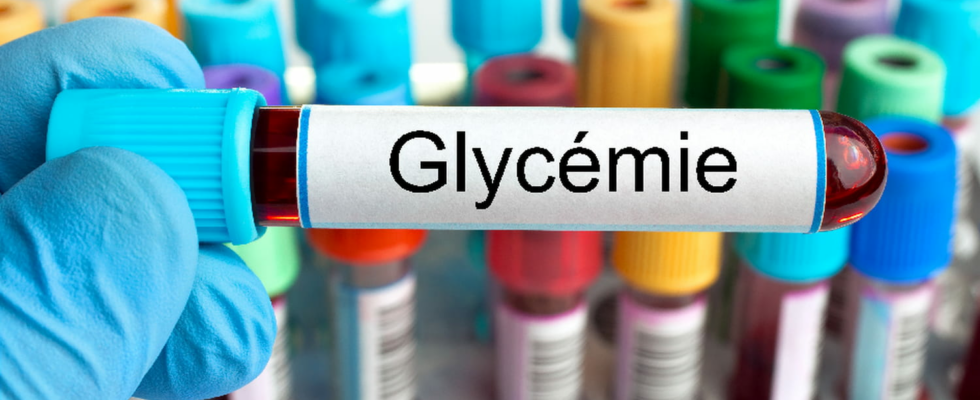Blood sugar is the concentration of glucose in the blood. Glucose is the main source of energy for our body. It is a molecule that comes from the foods we eat, especially those rich in carbohydrates. You need to have enough glucose to be healthy, but not too much. Transient, excess glucose increases fatigue, cravings and weight gain. When hyperglycemia becomes chronic, the first signs of diabetes appear: intense thirst, headaches, unexplained weight loss and mood disorders. “High blood sugar is both the cause and the consequence of this disease”explains Dr. Jean-François Thebaut, Vice-President of the French Federation of Diabetics. “The less diabetes is treated, the longer blood sugar levels remain high, the worse the diabetes becomes and the more insulin resistance increases.” he warns.
It is essential to monitor your blood sugar, especially at age 60. At this age, it is type 2 diabetes that is to be feared. It is a disease of the second half of life that increases the risk of cardiovascular accidents. It is discovered around age 55, but very often the patient already suffers from prediabetes without knowing it, sometimes for years. This is why it is very important to have a diagnosis as early as possible. “Diabetes can only be diagnosed using a blood test, hence the importance of regular check-ups, particularly for people at risk (overweight, high blood pressure)” continues Dr. Thebaut. Unfortunately, “1 in 3 times, the symptom that warns of type 2 diabetes is a complication” the doctor notes. An infected patient without knowing it can, for example, contract a serious infection or have a heart attack.
To know the glucose level, the blood test must be done after fasting for 10 to 12 hours. According to the doctor, a normal blood sugar level is less than 1.15 grams of glucose in the blood. “Between 1.15 and 1.25 grams, we say that there is a state of prediabetes, that is to say, glucose intolerance reflecting insulin resistance.” This is therefore the rate that should not be exceeded, it is the signal that a change in lifestyle habits is necessary to reverse the trend. Above 1.26, diabetes is diagnosed. These rates do not change with age, including at age 60 and beyond.
Once the diagnosis is made, the progression of the disease is monitored using glycated hemoglobin, which indicates the level of diabetes over the last three months. Management involves lifelong drug treatment. However, blood sugar levels can only be reduced with regular physical activity, a healthy diet and stopping smoking and drinking alcohol.
